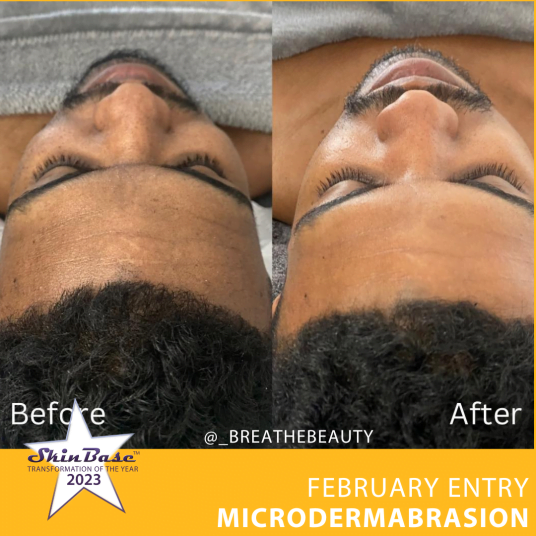October is Black History Month, the perfect opportunity to take a deep dive into black skincare. Black skin is physiologically different to white skin. Therefore, has differing needs, concerns and expectations. The differences are important to understand to look after your skin properly and select the best treatments.
The theme of Black History Month 2023 is “Saluting our Sisters.” It is an opportunity to honour the achievements and amplify the voices of black women.
Skin Differences
It is important to understand that skin is not “just skin.” Ignoring differences between black and white skin is problematic as it contributes to the lack of focus on black skin in the beauty industry. This creates an environment where black consumers leave their skin unprotected, use products incorrectly, and even damage their skin.
(1) Melanin
Melanocyte cells live in the bottom layer of the epidermis in all skin. These cells contain melanosomes granules, inside of which is the melanin pigment. The amount of and sizes of melanocytes and melanosomes determines the colour of the skin. At the deepest layers of the skin, the melanosomes granules appear transparent. It is only as they get closer to the surface of the skin that they take on colour. Black skin is thought to have as much as twice the melanin found in white skin, with a higher ratio of eumelanin to pheomelanin. Eumelanin has a dark brown pigment, which is thought to protect against UV damage. White skin contains higher levels of pheomelanin, which has a yellow-red pigment. The combination of higher levels and a more even distribution of melanin in black skin also protects from premature signs of ageing, such as fine lines and wrinkles. However, the biggest difference in how black skin ages differently to white skin is due to collagen differences.
(2) Collagen
Collagen in black skin is organised into bundles of smaller, thicker, tighter fibres than in white skin. in all skin, melanin protects these bundles of collagen from UV damage, to an extent. Eumelanin offers superior protection than pheomelanin, therefore collagen does not degrade as quickly and black skin remains smoother and firmer for longer. Signs of ageing are more likely to present as pigmentation and an uneven skin tone on black skin.
(3) Hyperpigmentation
While higher levels of melanin are beneficial in preventing signs of sun damage, it increases the chances of discolouration issues. Black skin is more vulnerable to hyperpigmentation and hypopigmentation. Many everyday triggers can increase melanin production, potentially causing dark or light patches on the skin. Pigmentation can take a long time to break down, therefore, it is a difficult risk to handle. Even skin conditions as minor as a pimple can trigger extra pigmentation.
Incorporating SPF into your daily skin routine year round is the best way to minimise the risk and ensure the skin stays healthy. The idea that black skin does not require SPF is a dangerous myth. Ensuring you apply SPF post treatment and maintain consistent sun protection is key. The SkinBase Daily Protect SPF is a nourishing product that does not leave a white cast.
(4) Scarring
Just as higher levels of melanin increase the risk of pigmentation, the optimum levels of collagen in black skin increases the risk of scarring. In particular, hypertrophic and keloid scars can be common concerns for those with darker skin. Collagen production is stimulated as a natural healing response. This can be beneficial, as with the Collagen Lift treatment. When there is no injury to heal, collagen will flood the treatment area – plumping and rejuvenating the skin. However, when there is an injury to the epidermis, such as acne or a cut, it can be a problem. Often, the collagen does not receive the signal to stop regenerating when the wound has healed. This results in the excess collagen accumulating as scar tissue, and growing larger than the original injury. The increased risk of scarring may affect how black clients care for their skin. Treatments such as micro-needling, that require a controlled injury, may not be appropriate. As with any treatment, suitability should be assessed with a thorough consultation.
(5) Dryness and Water Retention
Another key difference found between black and white skin is water retention. Black skin tends to be naturally thicker, with more sebaceous glands and increased oil production. This contributes to maintaining a youthful appearance, with fewer fine lines and wrinkles. However, black skin can be prone to dryness and increased water loss as ceramide levels are lower. Getting moisture and hydration back into the skin can also be more difficult, due to increased layers of keratinocytes.
Black clients may struggle with product absorption and may require exfoliation treatments, such as Microdermabrasion, to help with this. It is important to note that exfoliation should be carried out more gently on black skin, to avoid any negative risks. SkinBase Microdermabrasion can be used on all of the Fitzpatrick skin types. However, no higher than a treatment level 2 should be used on black skin.


